“Jones and Barry are doing a show!”
“You’re telling me?”
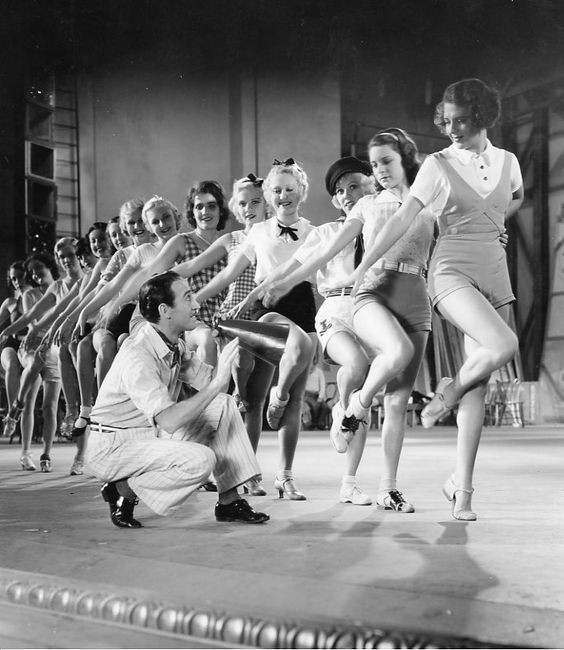 Scene from 42nd Street movie showcasing Warner Baxter and Bebe Daniels discussing the show
Scene from 42nd Street movie showcasing Warner Baxter and Bebe Daniels discussing the show
My initial encounter with 42nd Street (1933), directed by Lloyd Bacon, was surprisingly underwhelming. Despite its iconic title and captivating stills, the film felt somewhat distant, with the exception of the dazzling finale. Renting it from Montreal’s National Library as a teenager, I remember a sense of disappointment. It wasn’t dislike, but rather indifference – just another movie in the vast cinematic landscape. This lukewarm opinion lingered for years, until a second viewing sparked an unexpected transformation.
This cinematic rebirth happened thanks to a Busby Berkeley DVD box set, primarily purchased for Dames. Giving 42nd Street movie a second chance was almost an obligation, but this time, something clicked. Suddenly, I was captivated. The film’s charm, the pre-code era vibrancy, the sheer entertainment – it all resonated deeply. What shifted my perspective so dramatically remains a mystery, perhaps a blend of maturity and a deeper appreciation for the nuances of early Hollywood. This second viewing ignited a love affair with 42nd Street. I became completely engrossed, wishing it wouldn’t end. Since then, countless rewatches have solidified its place as a personal favorite, even earning a spot on my top 40 films list. It’s a testament to the movie’s enduring appeal that transcends initial impressions.
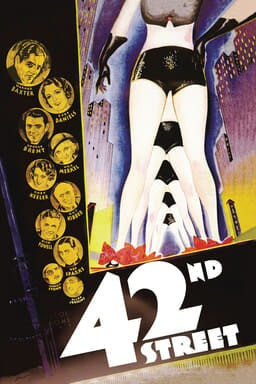 Promotional poster for the movie 42nd Street highlighting Ruby Keeler and Dick Powell
Promotional poster for the movie 42nd Street highlighting Ruby Keeler and Dick Powell
I’ve previously touched upon 42nd Street in an article celebrating my favorite Busby Berkeley dance sequences. However, the opportunity to revisit this classic arises again thanks to Rebecca from Taking Up Room and her 7th Broadway Bound Blogathon. This edition explores the fascinating intersection of Broadway and Hollywood, encompassing films by Broadway veterans, biopics of stage performers, movies about Broadway, adaptations of Broadway shows, and movies that became Broadway shows.
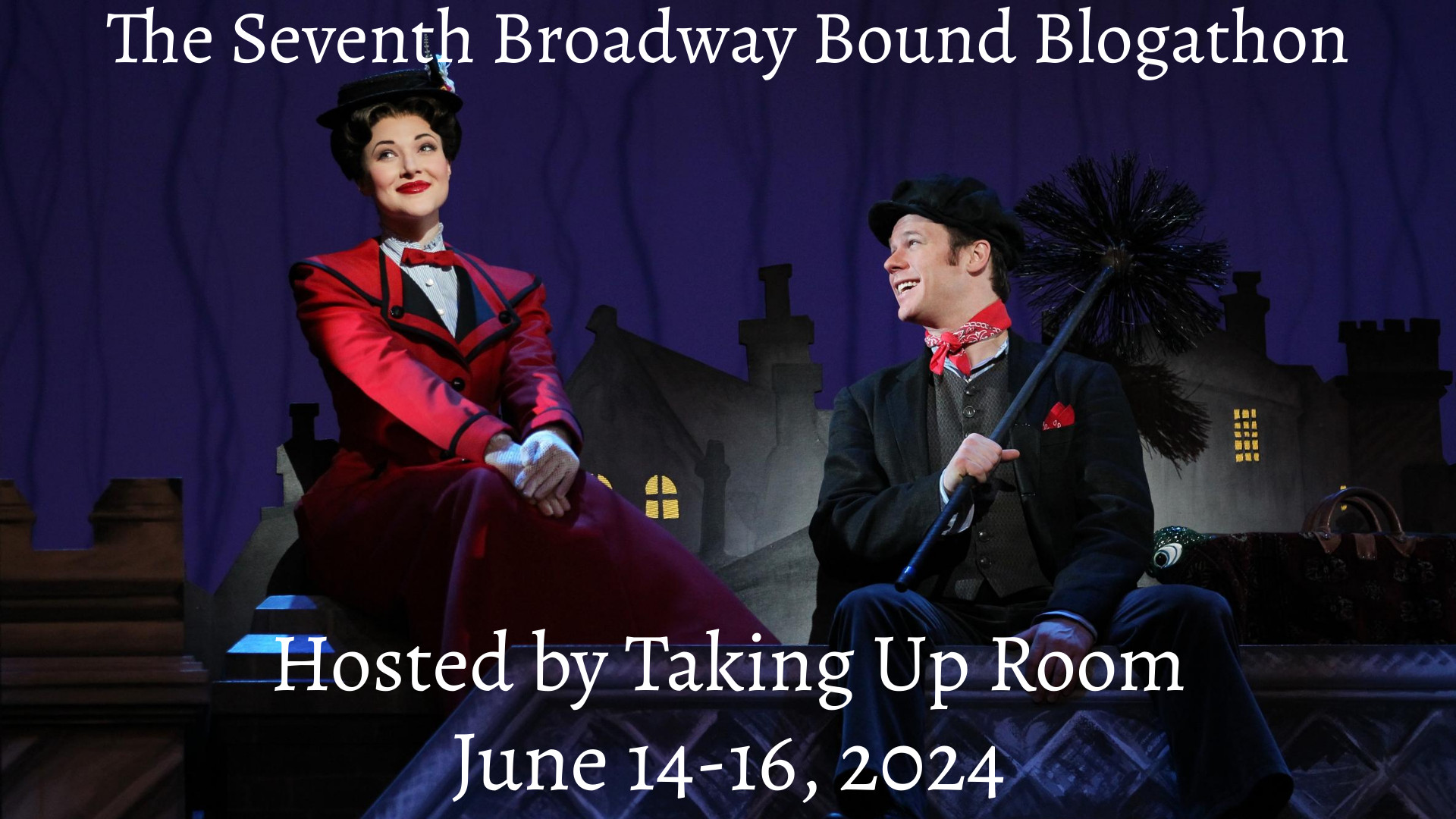 Banner for the 7th Broadway Bound Blogathon featuring Broadway imagery
Banner for the 7th Broadway Bound Blogathon featuring Broadway imagery
In the case of 42nd Street movie, we delve into the intriguing category of films adapted into Broadway musicals. Yes, surprisingly, 42nd Street graced the silver screen before captivating theater audiences. This allows us to explore both the original film and its stage counterpart. My personal experience includes witnessing the stage adaptation at London’s Royal Drury Lane in 2018, featuring the legendary Lulu as Miss Dorothy Brock (a role originated by Bebe Daniels in the film). It was, unequivocally, one of the most memorable theatrical experiences I’ve ever had. But more on the stage show later.
Before its cinematic debut, 42nd Street began as a novel penned by Bradford Ropes. Rian James and James Seymour (uncredited) translated it into a screenplay, brought to life by director Lloyd Bacon. The unforgettable music was composed by Harry Warren, with lyrics by Al Dubin, and the visually stunning, kaleidoscopic choreography was masterminded by Busby Berkeley, solidifying his signature style.
But what is the essence of 42nd Street movie? Set against the backdrop of the Great Depression, like many Busby Berkeley musicals, the story revolves around the creation of a Broadway show, Pretty Lady, produced by Jones and Barry. Julian Marsh (Warner Baxter), a renowned but stressed director, is at the helm, and the glamorous Dorothy Brock (Bebe Daniels) stars. Trouble brews from the outset. Marsh, under immense pressure to deliver a hit amidst the economic downturn, pushes himself and everyone around him relentlessly, ignoring doctor’s orders to rest. Adding to the complications, Dorothy Brock’s involvement is primarily due to the financial backing of her wealthy admirer, Abner Dillon (Guy Kibbee). Unbeknownst to Dillon, Dorothy is entangled in a secret affair with vaudeville performer Pat Denning (George Brent), a situation ripe for dramatic exposure and potential show jeopardization.
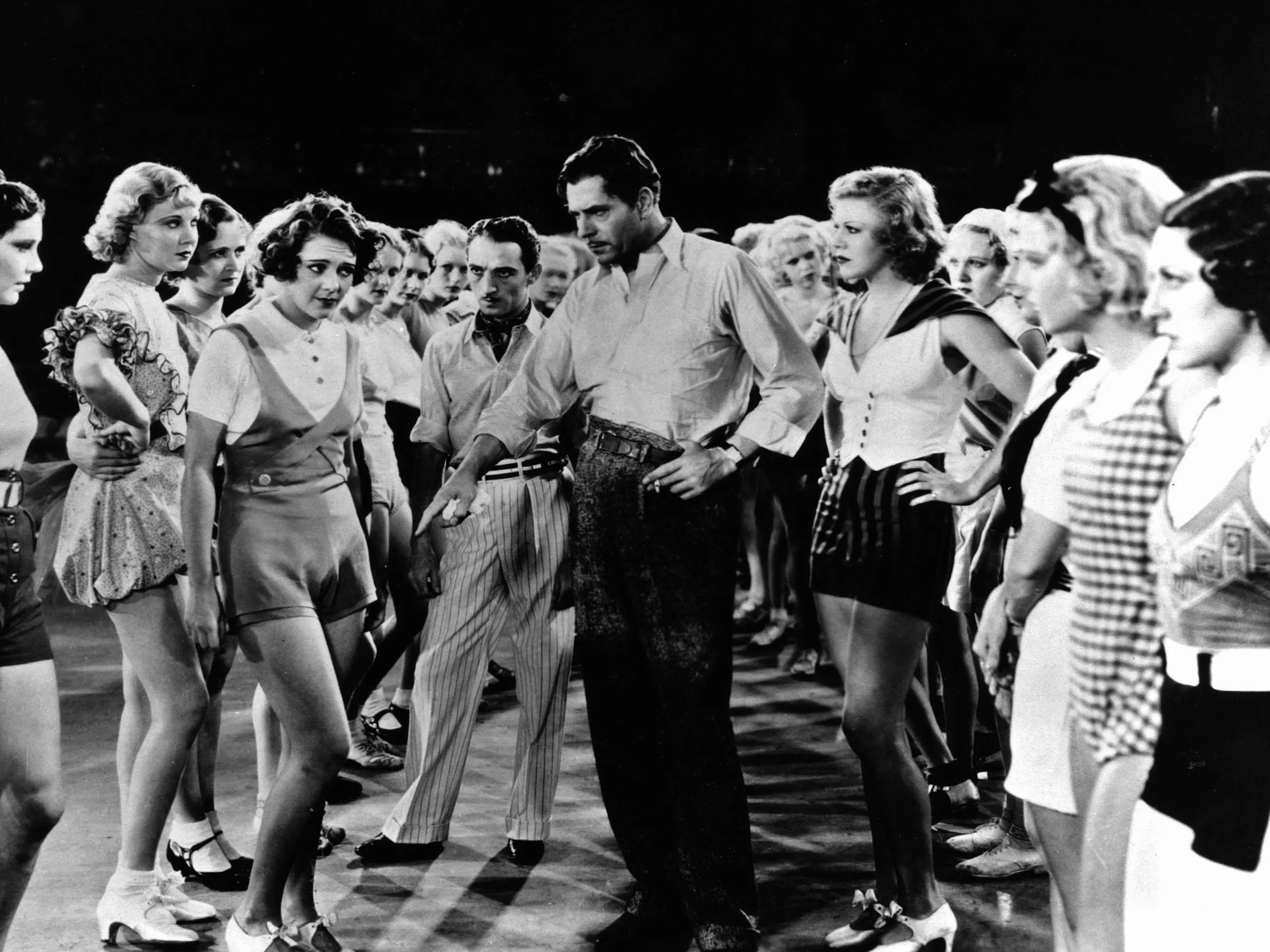 Still from 42nd Street movie showcasing Dorothy Brock with Abner Dillon and Julian Marsh in a tense scene
Still from 42nd Street movie showcasing Dorothy Brock with Abner Dillon and Julian Marsh in a tense scene
Meanwhile, a diverse ensemble of actors and dancers are assembled for Pretty Lady. Among them is Peggy Sawyer (Ruby Keeler), a fresh-faced newcomer who secures her place through a series of fortunate events. While not necessarily a seasoned actress or singer, Peggy’s tap-dancing talent is undeniable. At the audition, she connects with the witty Ann “Anytime Anny” Lowel (Ginger Rogers) and her friend Lorraine Fleming (Una Merkel). Lorraine’s connections with dance director Andy Lee (George E. Stone) prove advantageous, and the trio successfully joins the cast. Peggy also encounters the charming Billy Lawyer (Dick Powell), another fellow performer, during this pivotal audition day.
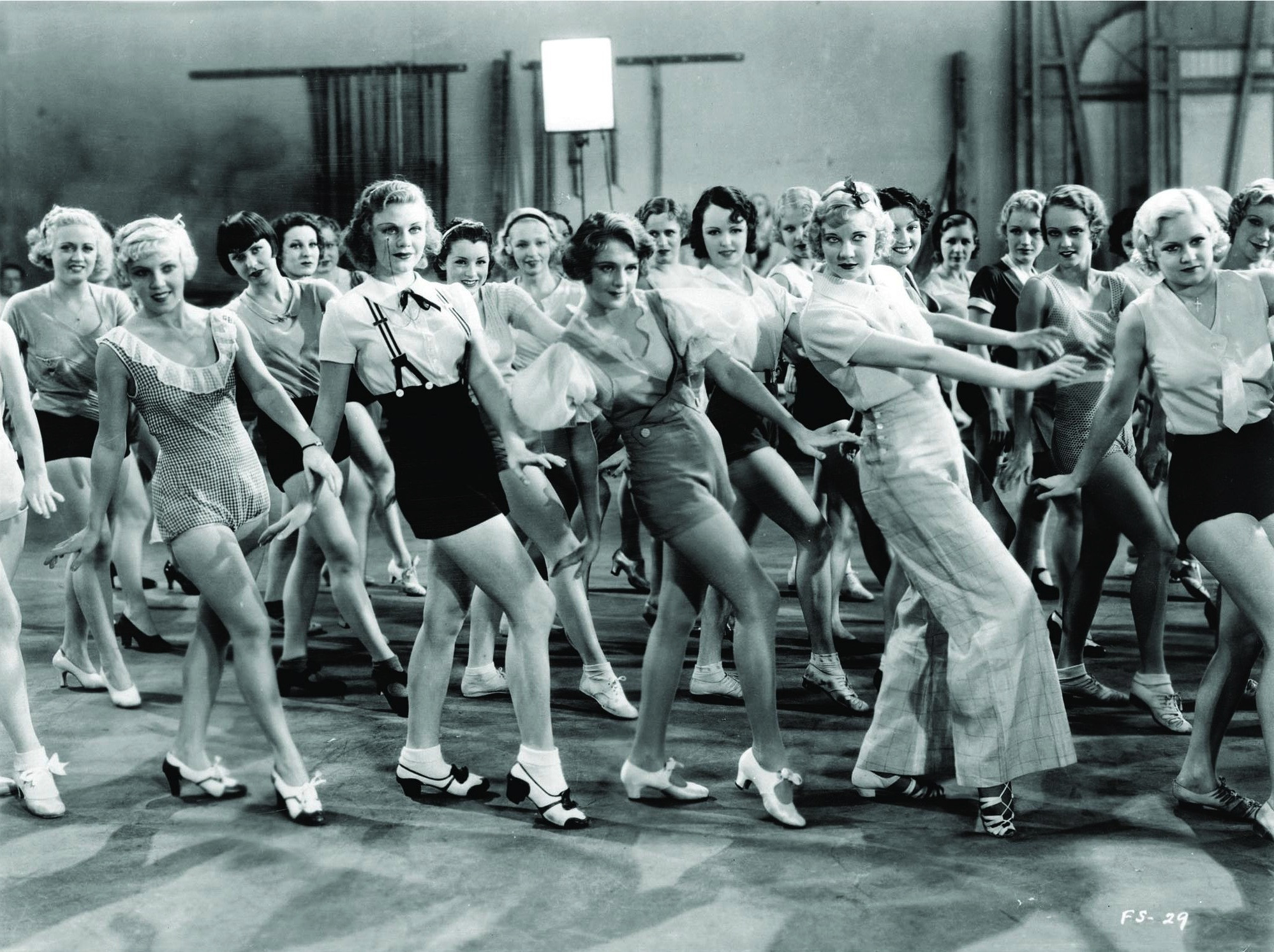 Group shot from 42nd Street movie featuring Ruby Keeler, Ginger Rogers, and Una Merkel as aspiring dancers
Group shot from 42nd Street movie featuring Ruby Keeler, Ginger Rogers, and Una Merkel as aspiring dancers
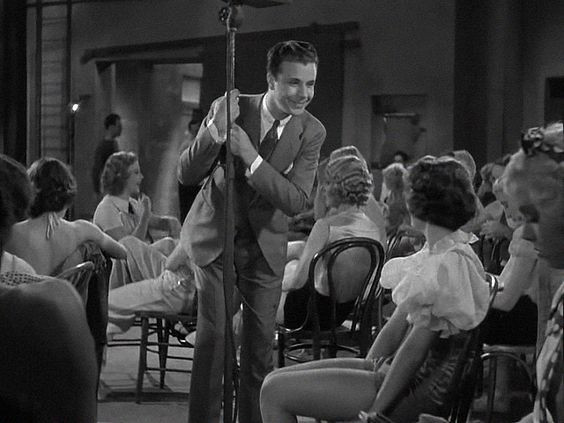 Black and white still from 42nd Street movie depicting Ruby Keeler and Dick Powell looking affectionately at each other
Black and white still from 42nd Street movie depicting Ruby Keeler and Dick Powell looking affectionately at each other
As the production progresses, relationships intertwine and destinies take unexpected turns, particularly after Peggy and Pat’s paths cross.
But as the iconic Freddie Mercury famously sang, “the show must go on.”
Considering the economic climate of the Great Depression era, 42nd Street movie stands as a remarkably ambitious production. Its elaborate staging and groundbreaking musical numbers showcase an extraordinary level of creativity, essentially defining the cinematic approach to capturing Broadway-style performances. In live theater, the audience is confined to a single perspective. However, through the collaborative genius of cinematographer Sol Polito and editors Thomas Pratt and Frank Ware, 42nd Street plunges viewers into the heart of the musical numbers, offering multifaceted glimpses of Berkeley’s intricate choreographies. This is the unique magic of cinema, an immersive experience unattainable in a stage production. With a budget of approximately $440,000 (around $10 million today), the film generated a staggering $2.3 million (equivalent to $55.5 million today), a resounding success that was undeniably deserved.
The cast of 42nd Street movie is a fascinating blend of established stars and rising talents. Leading the charge were Warner Baxter, Bebe Daniels, and George Brent, all prominent figures from the silent film era, likely commanding top billing. For Ruby Keeler, this marked her credited film debut, while Ginger Rogers had been active in the industry since 1930. Dick Powell, with his career beginning in 1932, was also relatively new to the scene. Una Merkel, despite her early film appearances in the 1920s, was more recognized as a character actress, often in supporting roles. Interestingly, while Baxter, Daniels, and Brent were arguably the biggest names at the time, their cinematic legacies, with the exception of Brent, haven’t endured as prominently. Many of Warner Baxter’s post-42nd Street films are less remembered today. Bebe Daniels, whose career flourished in the silent era, made a successful transition to talkies with 42nd Street, but her film work largely concluded by 1935. George Brent’s career, however, seemed to gain momentum after 42nd Street, with roles in classics like Jezebel, The Spiral Staircase, and Dark Victory, titles that resonate strongly with classic film enthusiasts today.
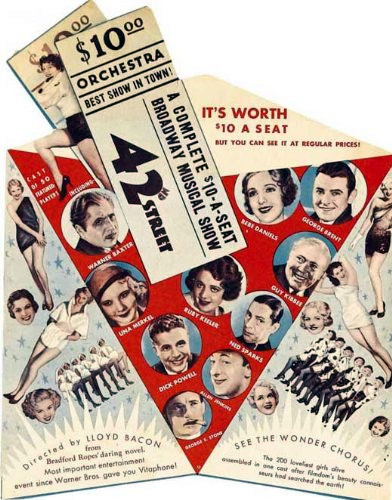 Black and white publicity still from 42nd Street movie showcasing Bebe Daniels and Warner Baxter in character
Black and white publicity still from 42nd Street movie showcasing Bebe Daniels and Warner Baxter in character
It’s crucial to clarify that the lesser-known contemporary fame of Daniels and Baxter doesn’t diminish their performances in 42nd Street movie. Quite the contrary! It’s indeed a pity they aren’t more celebrated today. Warner Baxter delivers a compelling portrayal of the worn-out director, Julian Marsh, brilliantly capturing the exhaustion and relentless drive of a man consumed by his work. He infuses his character with intense energy, necessary to convey the immense pressure Marsh faces and the motivations behind his demanding nature. Yet, this intensity is balanced with subtle nuances of weariness, particularly towards the film’s conclusion. Bebe Daniels shines as Dorothy Brock, the quintessential diva accustomed to getting her way. She embodies self-assurance, but the film reveals her vulnerabilities and emotional depth as the narrative progresses. A pivotal scene featuring a heartfelt conversation with Peggy showcases her capacity for empathy and understanding. Her character arc, along with Ginger Rogers’s, is perhaps the most transformative. Dorothy learns that genuine happiness and success can be achieved through kindness and collaboration rather than sheer force of will.
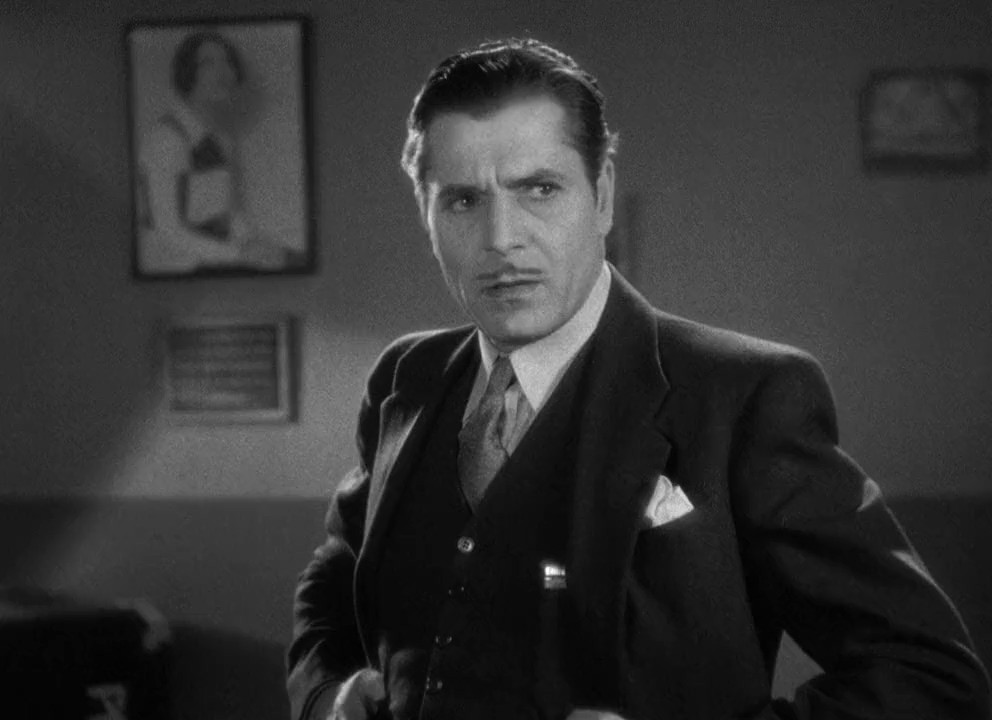 Black and white still from 42nd Street movie depicting Bebe Daniels having a serious conversation with Ruby Keeler
Black and white still from 42nd Street movie depicting Bebe Daniels having a serious conversation with Ruby Keeler
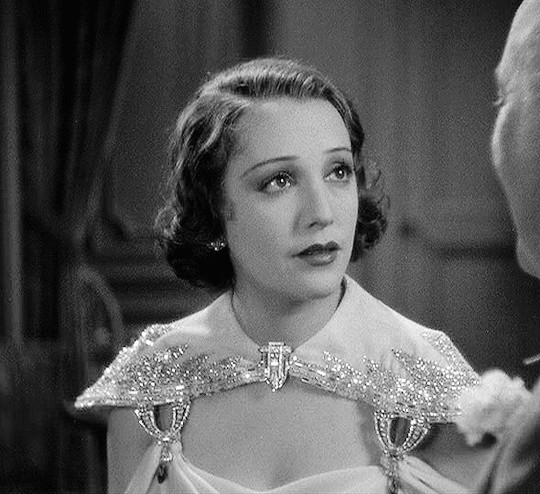 Animated GIF from 42nd Street movie showing Bebe Daniels winking
Animated GIF from 42nd Street movie showing Bebe Daniels winking
Interestingly, it’s in Dorothy’s interactions with her lover, Pat Denning, played by George Brent, that her softer side initially emerges. Pat’s understanding and affection allow her to shed her tough facade, revealing a more vulnerable and authentic self. George Brent is thoroughly enjoyable in his role. While not a part that demands groundbreaking acting, he seamlessly integrates with the ensemble cast and shares palpable chemistry with Daniels. His character is genuinely likable, making Dorothy Brock’s affection for him and Peggy Sawyer’s friendship understandable. The dynamic between Peggy and Pat is playful and endearing, portraying a comfortable camaraderie rather than romantic inclination. While Pat’s interest in pursuing a deeper relationship with Peggy is evident, her lack of reciprocal romantic feelings is respectfully acknowledged.
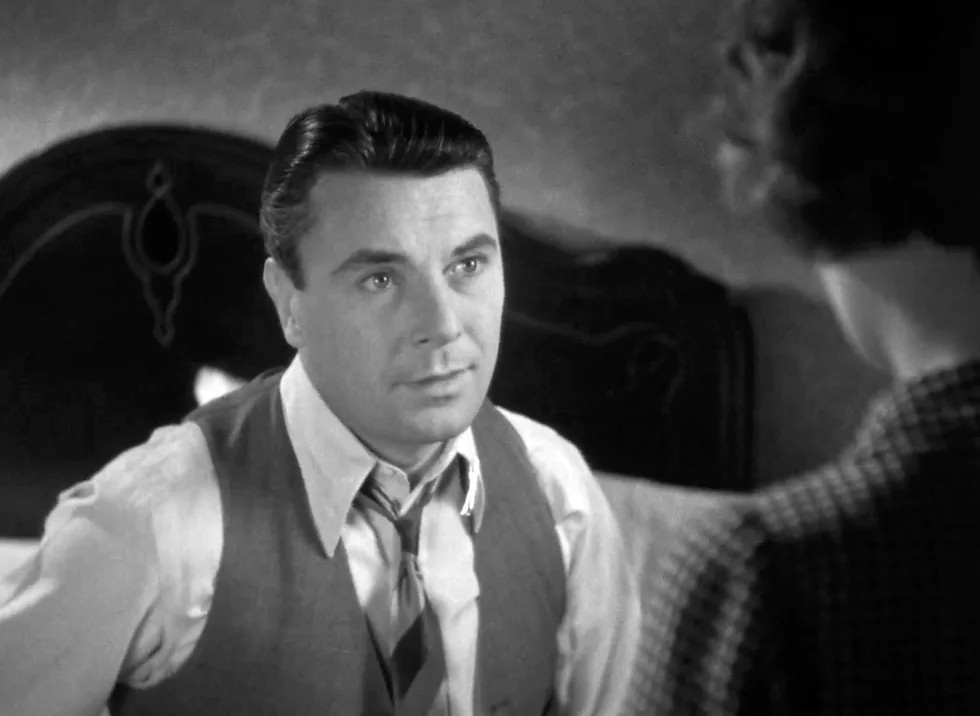 Publicity still from 42nd Street movie featuring George Brent and Ruby Keeler smiling together
Publicity still from 42nd Street movie featuring George Brent and Ruby Keeler smiling together
Peggy’s romantic focus lies elsewhere: with the charming Billy, portrayed by Dick Powell. 42nd Street movie marked their first on-screen pairing, launching a beloved musical duo of the 1930s. They went on to star in six more films together: Gold Diggers of 1933, Footlight Parade, Dames, Flirtation Walk, Shipmates Forever, and Colleen. Their on-screen chemistry was captivating, embodying the quintessential boy-and-girl-next-door charm. Audiences naturally rooted for their happiness. However, despite their musical film fame, neither Powell nor Keeler were necessarily exceptional actors or singers (Powell, arguably, possessed a stronger vocal presence). Powell’s dancing isn’t heavily emphasized in these films. Keeler, a proficient tap dancer, arguably lacked the refined grace of contemporaries like Eleanor Powell or Fred Astaire. Yet, a certain something made them indispensable to 42nd Street movie and the Busby Berkeley musicals they graced. These films wouldn’t be the same without their presence. Perhaps it was their relatability, embodying ordinary individuals that resonated with Depression-era audiences, fostering a sense of identification.
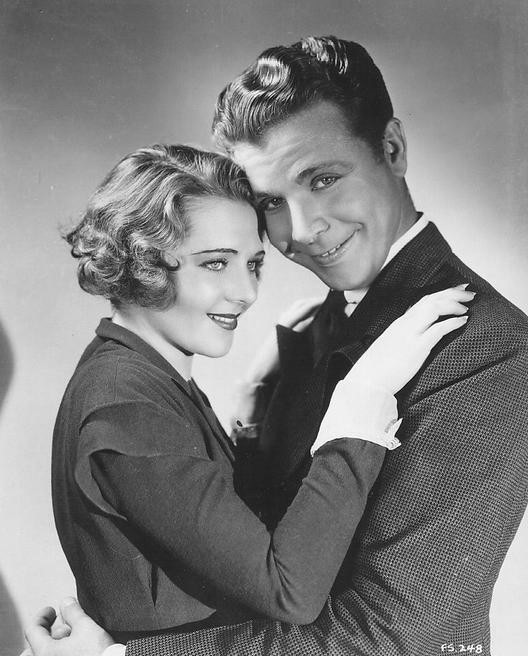 Black and white still from 42nd Street movie showing Dick Powell singing with Ruby Keeler looking admiringly at him
Black and white still from 42nd Street movie showing Dick Powell singing with Ruby Keeler looking admiringly at him
Of course, a discussion of the cast is incomplete without highlighting Ginger Rogers and Una Merkel. Rogers undeniably ascended to superstardom among the 42nd Street movie ensemble. Here, in a supporting role, it’s interesting to note that her dancing is less prominent, despite being a defining aspect of her career. She adopts a somewhat affected persona, though lacking the grandiosity of a star like Dorothy Brock, a pretense that her close friend Lorraine readily sees through, becoming a running joke in the film. If Powell and Keeler represent the ideal romantic pairing, Merkel and Rogers embody perfect female friendship. Their roles are supportive, yet they consistently command attention, radiating a cool, aspirational camaraderie. Ann (Rogers), despite maintaining a somewhat performative facade throughout much of the film, performs a truly noble act towards the climax, significantly elevating her character as her actions become pivotal to the story’s resolution.
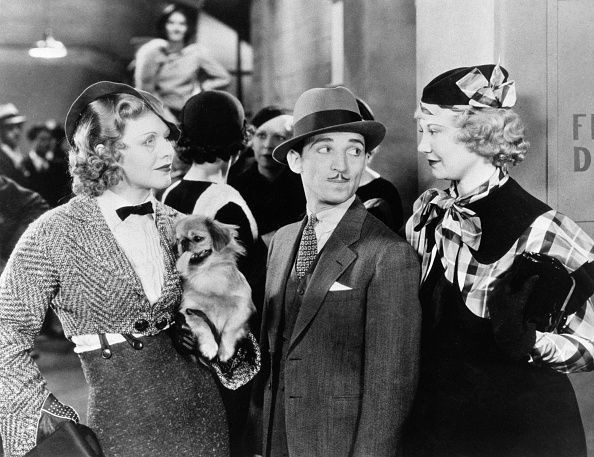 Publicity still from 42nd Street movie featuring Ginger Rogers and Una Merkel in glamorous costumes
Publicity still from 42nd Street movie featuring Ginger Rogers and Una Merkel in glamorous costumes
42nd Street movie remains a cornerstone musical of early Hollywood’s sound era for numerous reasons. Beyond launching the careers of several actors, Busby Berkeley’s innovative choreography propelled the musical genre into a new realm of artistic recognition. Hollywood had produced musical comedies before, notable for various reasons. Consider 1929’s The Broadway Melody, the second film to win the Best Picture Oscar. Its primary distinction was being the first all-talking and singing feature, but musically, it was still in its nascent stage. The repetitive use of the title song and less-than-memorable musical numbers highlight this. While The Broadway Melody is enjoyable, largely due to Bessie Love’s stellar performance, it falls short of being a top-tier musical. However, it established the groundwork for the popular “backstage musical” trend of the 1930s. Then, in 1933, 42nd Street movie arrived, revolutionizing the genre.
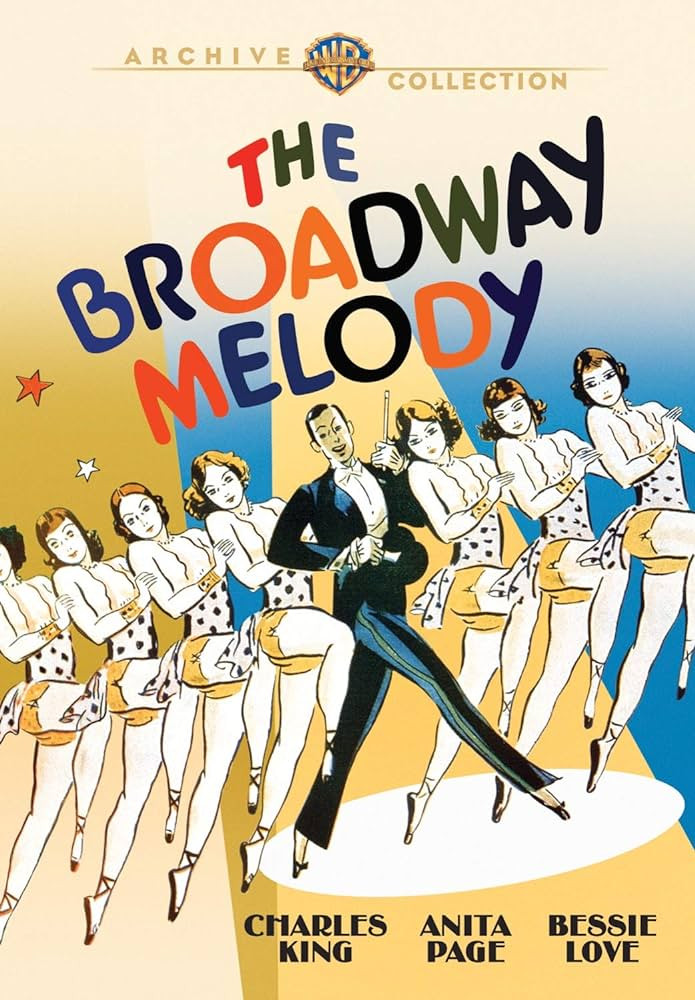 DVD cover of 42nd Street movie featuring iconic imagery of dancers' legs
DVD cover of 42nd Street movie featuring iconic imagery of dancers' legs
Busby Berkeley had previously choreographed for film, but 42nd Street movie cemented his status and provided the platform to develop his groundbreaking techniques for integrating dance into cinema. His dance sequences are characterized by remarkable precision, with dancers functioning as a unified entity, executing perfectly synchronized movements to achieve the desired visual impact, an aesthetic arguably inspired by his military service in World War I. The film’s impact was immense, leading Warner Brothers, the studio behind it, to offer Berkeley a long-term contract. Berkeley’s choreographies are undoubtedly the film’s highlights, strategically concentrated in the final act for a spectacular grand finale. This structure cleverly underscores that all the preceding effort and dedication culminates in this breathtaking spectacle. The concluding musical numbers transport viewers to fantastical realms. While the narrative of Pretty Lady remains somewhat abstract, it’s secondary to the mesmerizing choreographies and songs. The songs themselves might not be the most instantly catchy in musical history, but they are undeniably memorable and serve as a perfect complement to Berkeley’s choreographic mastery. The film prioritizes visual spectacle over musical narrative progression, typical of backstage musicals where songs are often performance pieces within the show, rather than plot-advancing devices, with Pretty Lady being the in-film exception. Thus, the songs in 42nd Street movie exist primarily as vehicles for elaborate dance sequences.
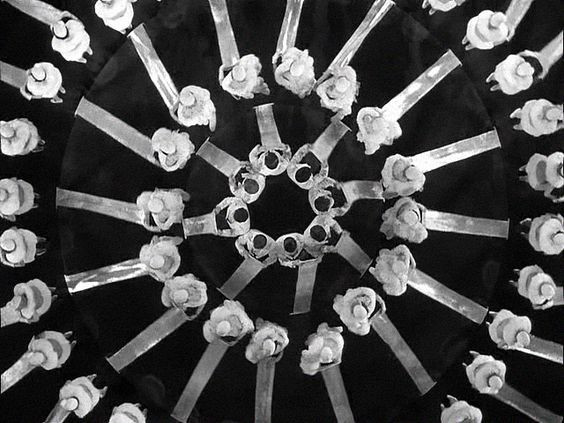 Still from 42nd Street movie showcasing a large group of dancers in a Busby Berkeley choreographed number
Still from 42nd Street movie showcasing a large group of dancers in a Busby Berkeley choreographed number
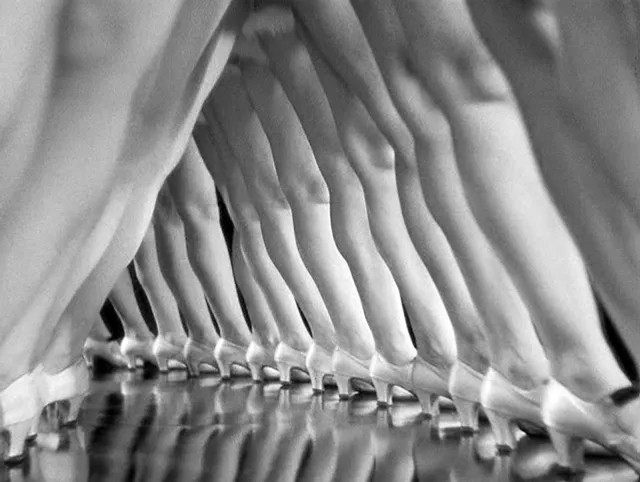 Black and white still from 42nd Street movie featuring dancers in geometric formations
Black and white still from 42nd Street movie featuring dancers in geometric formations
Each musical number in 42nd Street movie is unique, demonstrating diverse filming techniques and incorporating varied elements. “Shuffle Off to Buffalo” is set on a train, filmed in a transverse cut, allowing glimpses into the lives of the passengers. It begins with the newlyweds, Peggy and Clarence Nordstrom, moving away from the camera in the rear car. Magically, the car splits, revealing an internal horizontal view of the train’s interior.
“Young and Healthy,” sung by Dick Powell, is perhaps the most overtly “Berkeleyan” number, characterized by military precision and kaleidoscopic effects. Dancers in uniform costumes move in perfect synchronization, creating intricate patterns. The film’s iconic poster image of perfectly aligned legs originates from this sequence. The camera smoothly travels beneath the dancers’ legs, ultimately focusing on Toby Wing and Dick Powell’s faces. The filming technique remains impressive even by contemporary standards, reminiscent of the innovative camera work in Wings.
The finale, “42nd Street,” is grand in scale, exceeding the limitations of a theatrical stage. As the title suggests, it’s set in New York City, around 42nd Street, creating the illusion of the city itself being on stage. It opens modestly with Ruby Keeler performing solo, but as she departs in a cab, a bustling cityscape unfolds. The most striking moment is the appearance of real cars beneath a bridge (likely the Brooklyn or Manhattan Bridge), with engine smoke rising above, an effect impossible to replicate on stage. This epitomizes the magic of cinema.
Adding to the visual appeal is the simple yet elegant set design by art director Jack Oakey, lending a sense of sophistication to the military-inspired precision. Combined with Orry-Kelly’s stylish costumes, the film achieves a visually captivating aesthetic. It’s intriguing to consider Warner Bros.’s simultaneous production of gritty gangster films and these escapist, visually stunning musicals. They effectively cultivated distinct star personas for each genre, with Ginger Rogers representing musicals and James Cagney embodying gangster films. While MGM is often associated with the golden age of musicals, particularly their Technicolor extravaganzas like The Wizard of Oz, Oklahoma!, Meet Me in St. Louis, and Singin’ in the Rain, Warner Bros. demonstrated mastery in black and white musical filmmaking with 42nd Street movie.
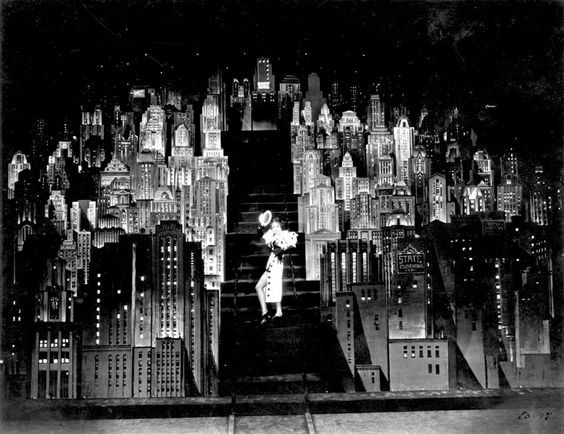 Black and white still from 42nd Street movie showcasing dancers in synchronized poses
Black and white still from 42nd Street movie showcasing dancers in synchronized poses
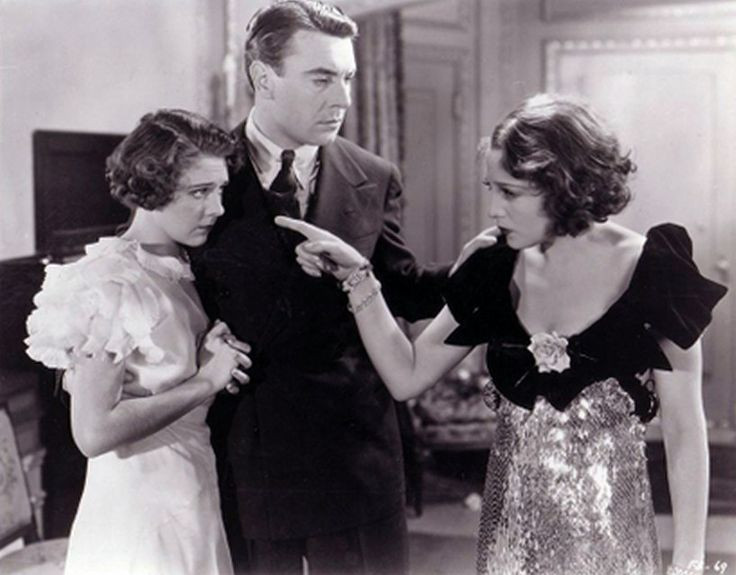 Publicity still from 42nd Street movie featuring a smiling Ruby Keeler surrounded by male dancers
Publicity still from 42nd Street movie featuring a smiling Ruby Keeler surrounded by male dancers
Upon its release, 42nd Street movie was a resounding financial success, becoming a box-office hit and rescuing Warner Bros. from potential financial woes. Premiering on March 9, 1933, at the Strand Theatre in New York, it also garnered critical acclaim. Critics acknowledged the conventional storyline but lauded its technical achievements and the dynamism of its musical numbers. At the Academy Awards, it received nominations for Best Picture (losing to Cavalcade) and Best Sound Recording (losing to A Farewell to Arms). Today, its quality remains recognized, holding a remarkable 96% rating on Rotten Tomatoes.
The enduring legacy of 42nd Street movie is undeniable, inspiring a successful stage musical adaptation. As mentioned earlier, I had the pleasure of seeing it in London, a truly memorable experience. Securing surprisingly affordable tickets for excellent seats, I witnessed a production that lived up to its classic status. Developed in the 1980s, the 42nd Street musical, much like Phantom of the Opera, has become a long-running theatrical staple. The stage version expands upon the film, incorporating musical numbers from other Warner Bros. musical films of the era, including the iconic “We’re in the Money” from Gold Diggers of 1933. This integration of familiar tunes from a similar period enhances the overall experience and adds extra layers of entertainment. The 42nd Street musical is far from monotonous; every moment is captivating. It was undoubtedly a highlight of my London trip.
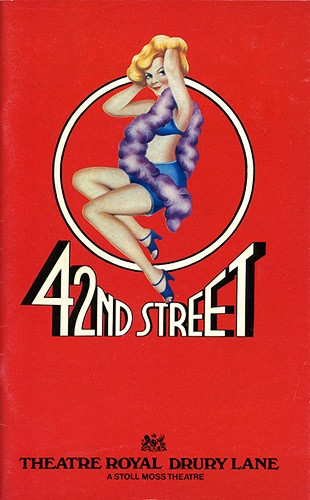 Promotional image for the 42nd Street stage musical featuring tap dancers
Promotional image for the 42nd Street stage musical featuring tap dancers
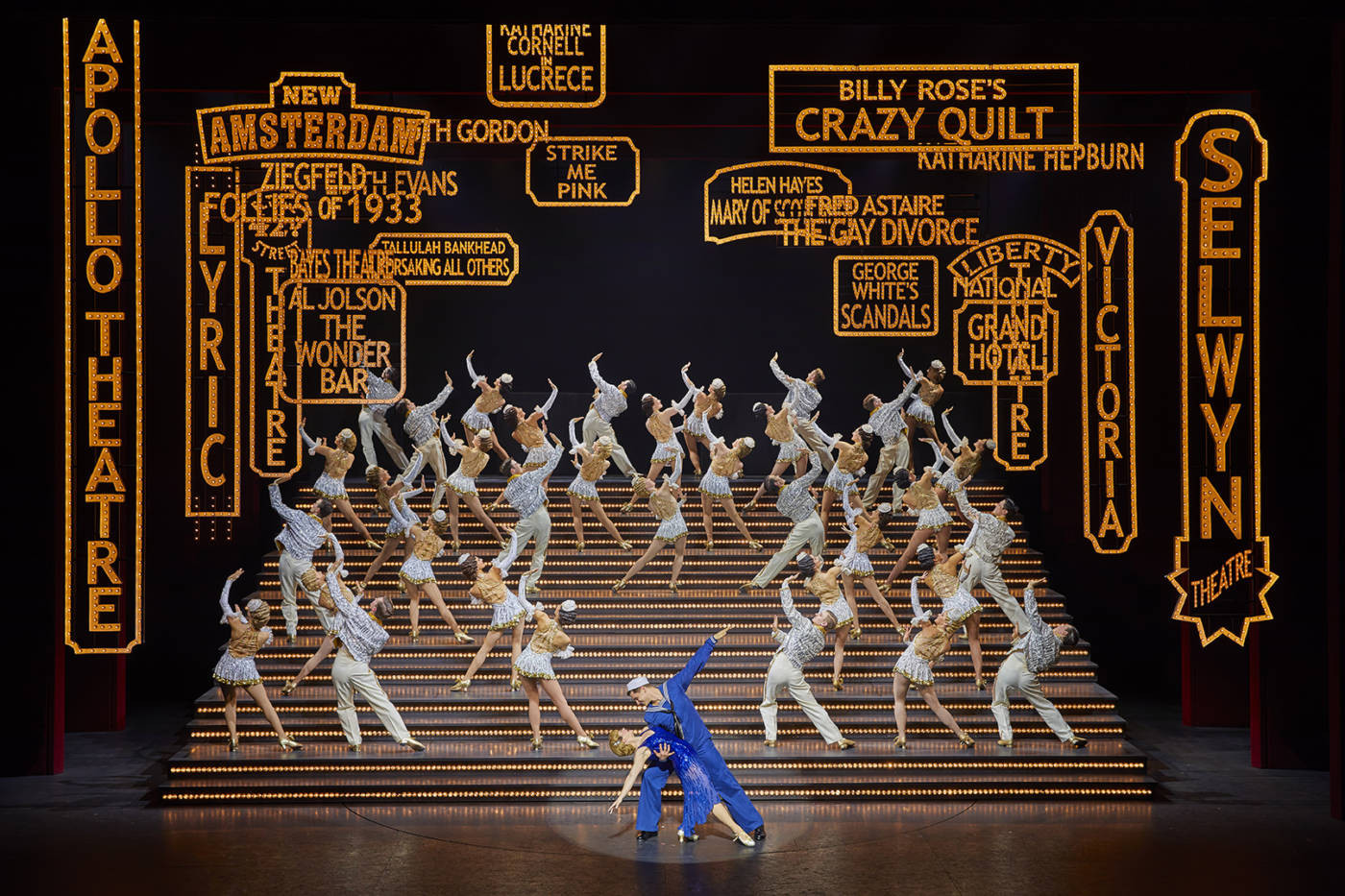 Image of the 42nd Street musical stage production with dancers in a line
Image of the 42nd Street musical stage production with dancers in a line
The stage production cleverly recreates Busby Berkeley’s kaleidoscopic visual style. To achieve this, dancers perform on the stage floor, their reflections projected onto a giant mirror overhead, simulating the overhead shots from the film. While not as crystal-clear as the cinematic version, the effect is remarkably effective and exhilarating. If the opportunity arises to see the 42nd Street musical, I wholeheartedly recommend it. The stage show has also received significant accolades, earning Tony Awards nominations and wins for Best Musical and Best Choreography. As with the film, choreography remains central to the 42nd Street experience, making the Best Choreography Tony a particularly well-deserved recognition.
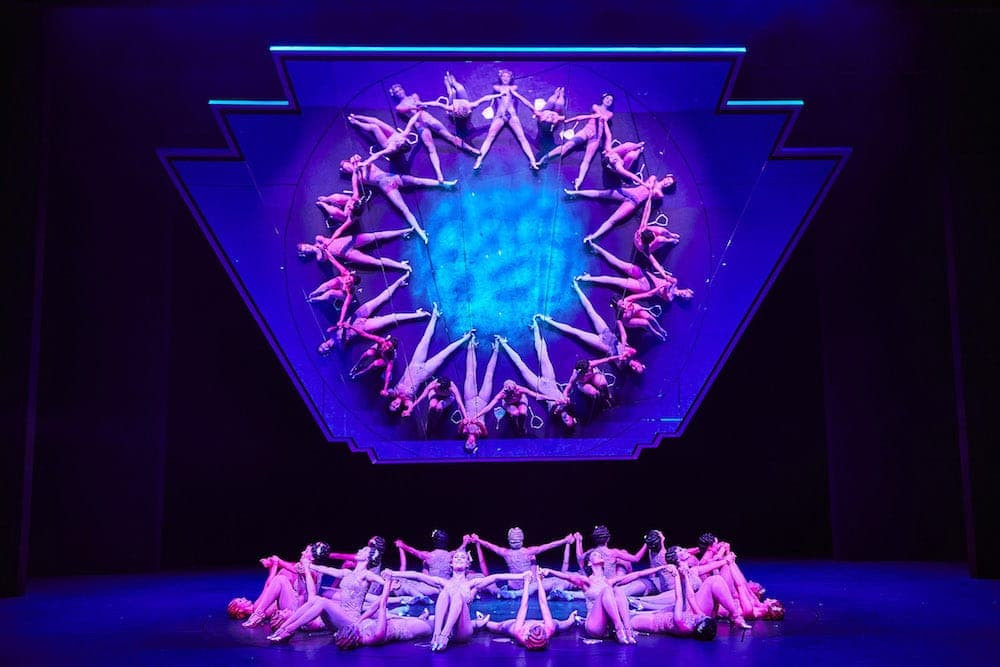 Promotional image for the 42nd Street musical stage production with dancers in vintage costumes
Promotional image for the 42nd Street musical stage production with dancers in vintage costumes
42nd Street movie is a cinematic treasure that warrants repeated viewings and analysis from various perspectives. Having experienced its spectacular stage adaptation, I am now eager to see the film version on the big screen. I am confident it would be an exceptional experience, especially to fully appreciate its groundbreaking musical numbers. Even for those who are not typically drawn to musicals, 42nd Street movie holds a broad appeal. The music is strategically placed, enhancing the narrative without overwhelming it, and when it does take center stage, it is truly unforgettable.
Many thanks to Rebecca for hosting this Broadway Bound Blogathon! Be sure to explore all the entries, which you can find here.
See you!
 The logo of The Wonderful World of Cinema blog
The logo of The Wonderful World of Cinema blog
Enjoy this blog’s content? Consider supporting The Wonderful World of Cinema!
Sources
Share this:
- Click to share on Twitter (Opens in new window)
- Click to share on Facebook (Opens in new window)
Like Loading…
